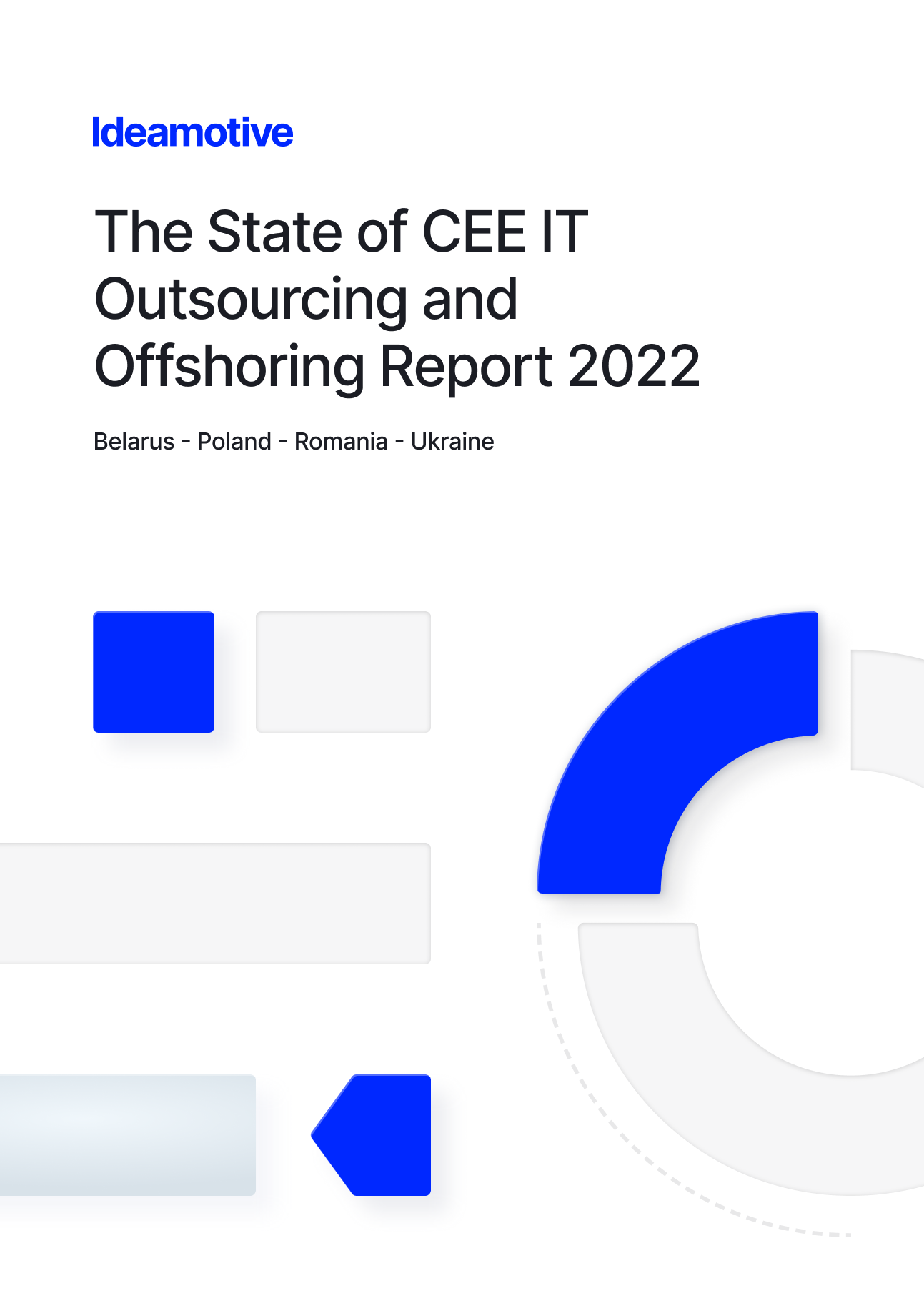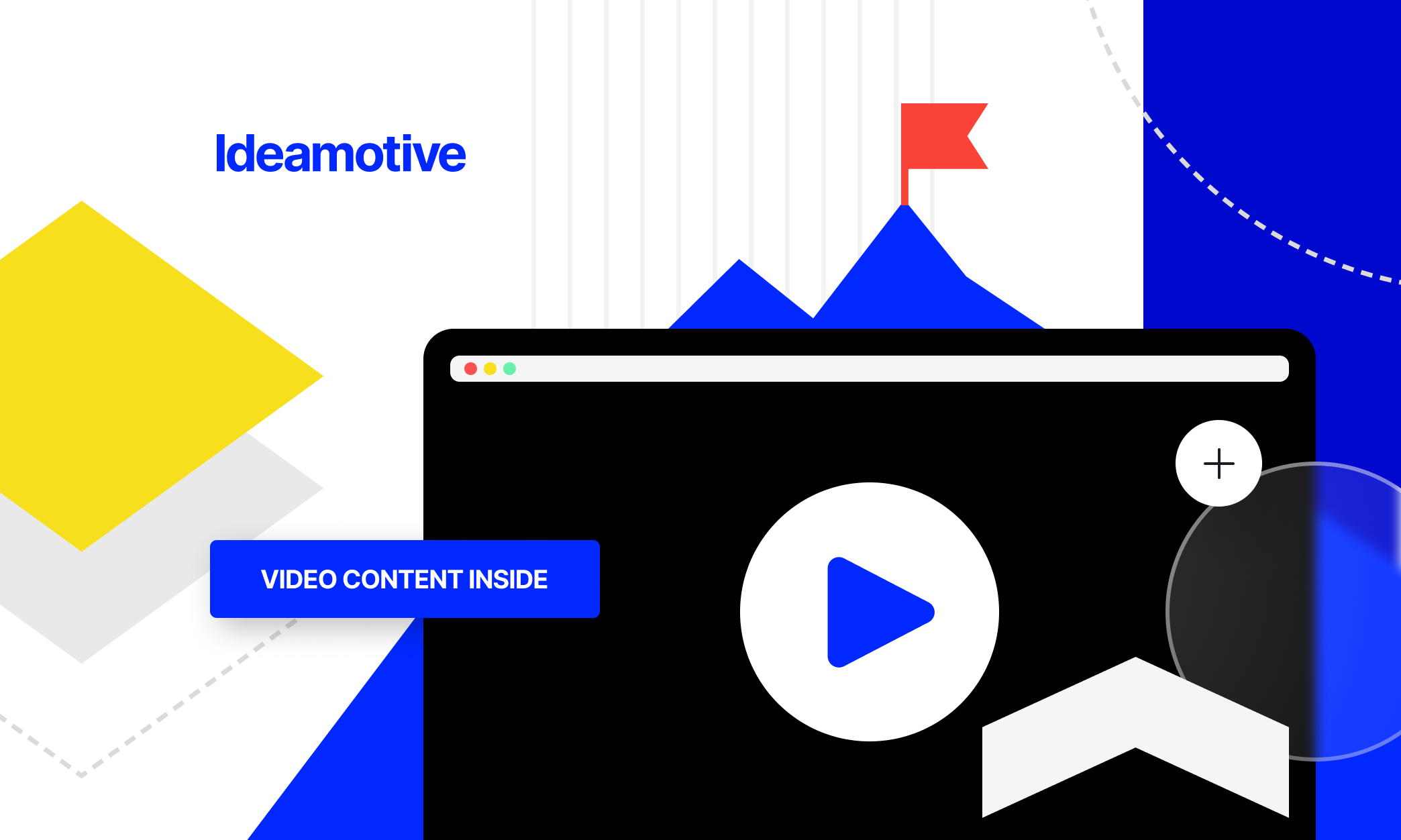Web development is constantly evolving, and with the rise of modern frameworks and technologies, staying ahead of the curve is essential for IT management professionals.
One such framework that has had a significant impact on web development is Next.js. It's a React framework that combines the power of React with server side rendering and static site generation. As a result, programmers can create web apps that are fast, dynamic, and scalable. Next.js examples of use, include numerous significant social media platforms and websites. Walmart, Apple, Nike, Netflix, TikTok, Uber, Lyft, and Starbucks, are using the framework as of March 2022.
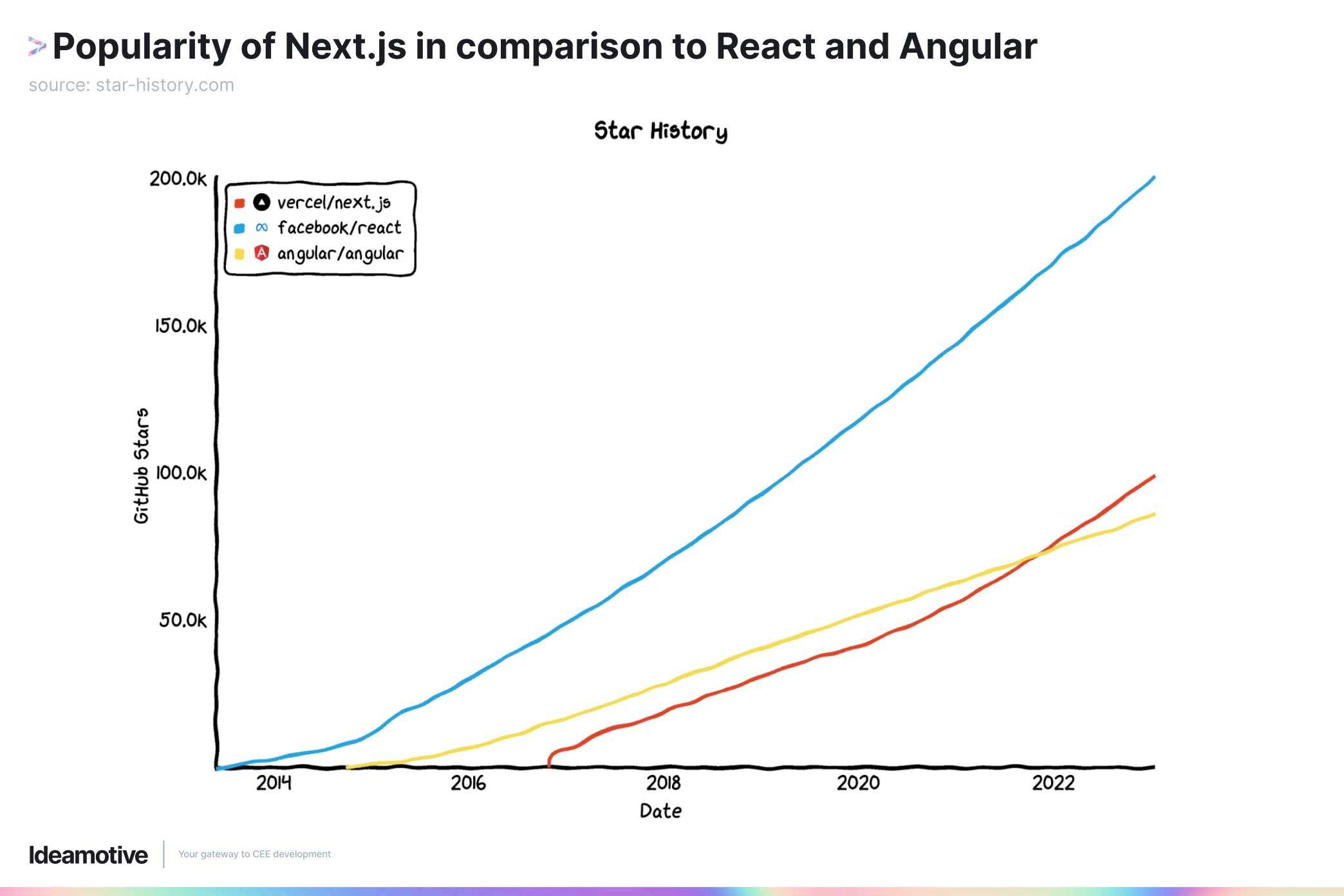
For cutting-edge web apps, Next.js strives to offer a productive development environment. With a straightforward and opportunistic approach, it makes building complicated, data-driven websites easier. For instance, developers being able to use Next.js' "zero configuration" settings while retaining the ability to adjust as needed is one of the many significant Next.js examples that highlight its usefulness.
In this article, we'll discuss the benefits of Next.js and provide considerations for its implementation.
Understanding Next.js
Next.js is a sophisticated JavaScript framework that allows you to create extremely user-friendly and fast modern web pages, web apps, and mobile apps. It is built on React and gives developers a powerful toolkit for creating quick, scalable, high-performance web React apps.
One of the features of Next.js is server side rendering (SSR). It renders on both the server side and the client side. That's essential for the single page applications (SPAs) it creates and how it helps those SPAs achieve significantly better SEO (search engine optimization) results.
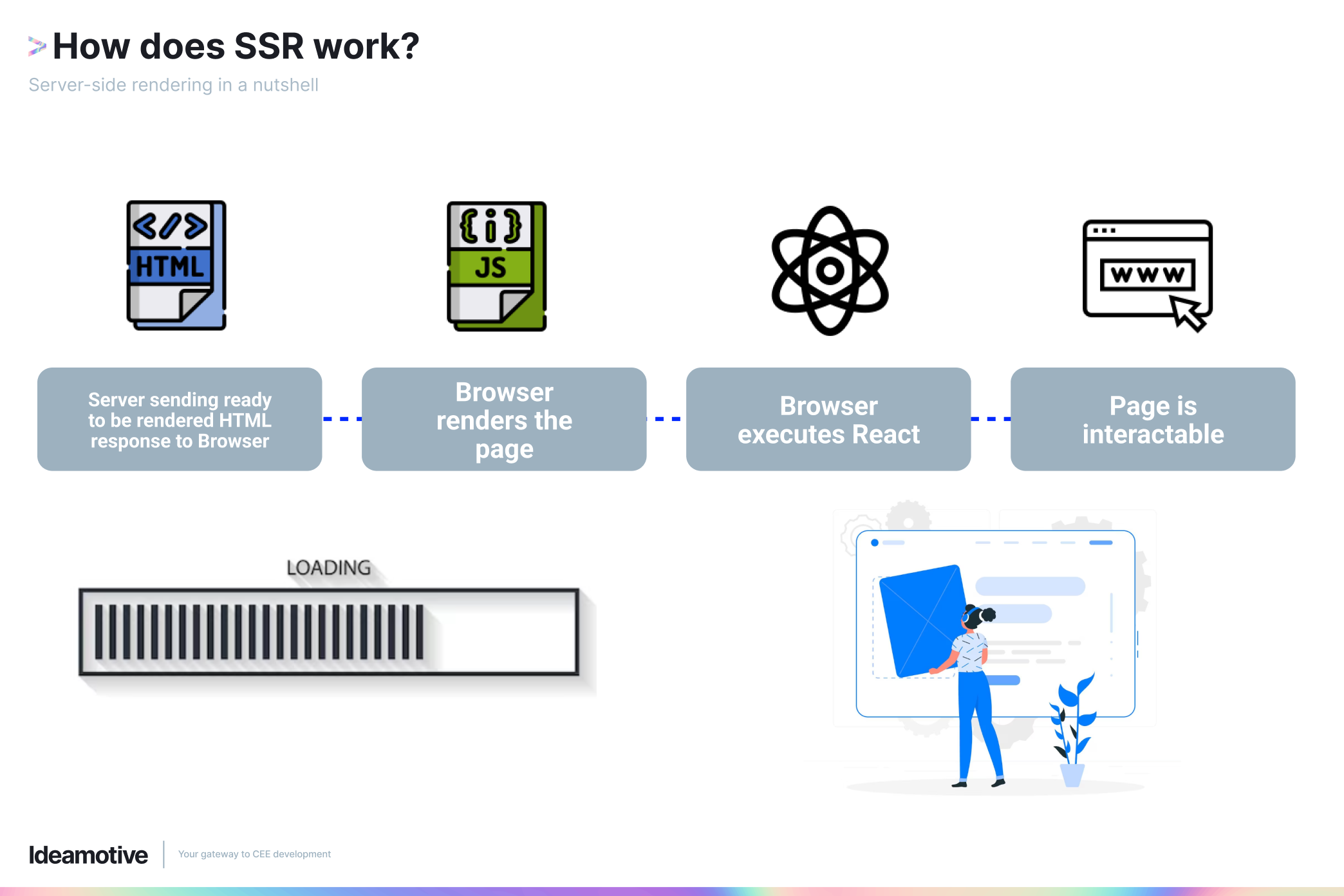
Now, let's look at some of the other key features of Next.js.
Automatic Code Splitting: Your JavaScript code is automatically broken into smaller bits and loaded only when necessary using Next.js. As a result, the initial loading time is cut in half, and overall speed is enhanced thanks to this feature, ensuring that only the necessary code is given to the client.
Built-in CSS: The Next.js tool allows developers to import CSS files from JavaScript files. When you enter a website, you will see an approved design because it offers styles on both the client and server sides.
API Routes: The ability to establish API routes inside an application with Next.js makes developing serverless APIs simpler. Thus, creating and managing API endpoints is more straightforward when there is no requirement for a distinct backend architecture.
TypeScript Support: The built-in TypeScript support in Next.js is fantastic. With the help of technology, developers can identify potential mistakes early in the development process.
The Benefits of Using Next.js for Your Business
As an IT management professional, your company can benefit from installing Next.js and working with it. It can bring about growth opportunities. Here are some notable benefits:
Ease of use: This framework's simplicity enables developers to spend more time working on features rather than boilerplate code and configuration, ultimately leading to improved productivity. The vast ecosystem also offers a variety of ready-to-use libraries and plugins, further boosting productivity.
Ease of maintenance: Next.js encourages logical code organization through its simple file-based routing architecture, which makes it simpler to maintain and upgrade the application. Furthermore, the possibility of creating performance problems during maintenance is decreased by Next.js' automatic code separation and optimization tools.
Faster page loads and increased performance: The server-side rendering and automatic code splitting result in faster initial page loads and better performance. Decreasing the amount of JavaScript sent to the client and leveraging server-side rendering minimizes the time required for the user to see and interact with the content. This enhanced performance leads to better user engagement and satisfaction.
The Business Impact of Next.js
Next.js, with its unique set of features and advantages, can have a significant positive impact on your various business goals and objectives. There are many Next.js examples to get your business running from Next.js commerce, Boilerplate, Docs Starter Kit, etc. Let's take a closer look at how Next.js can help you achieve your business goals and objectives.
Improved Customer Experience:
A one-second lag in page load time can drastically lower user engagement and conversion rates, given the large number of companies providing the same services. However, your web pages can load more quickly thanks to Next.js's server-side rendering and intelligent code splitting, ensuring a fluid and responsive user experience.
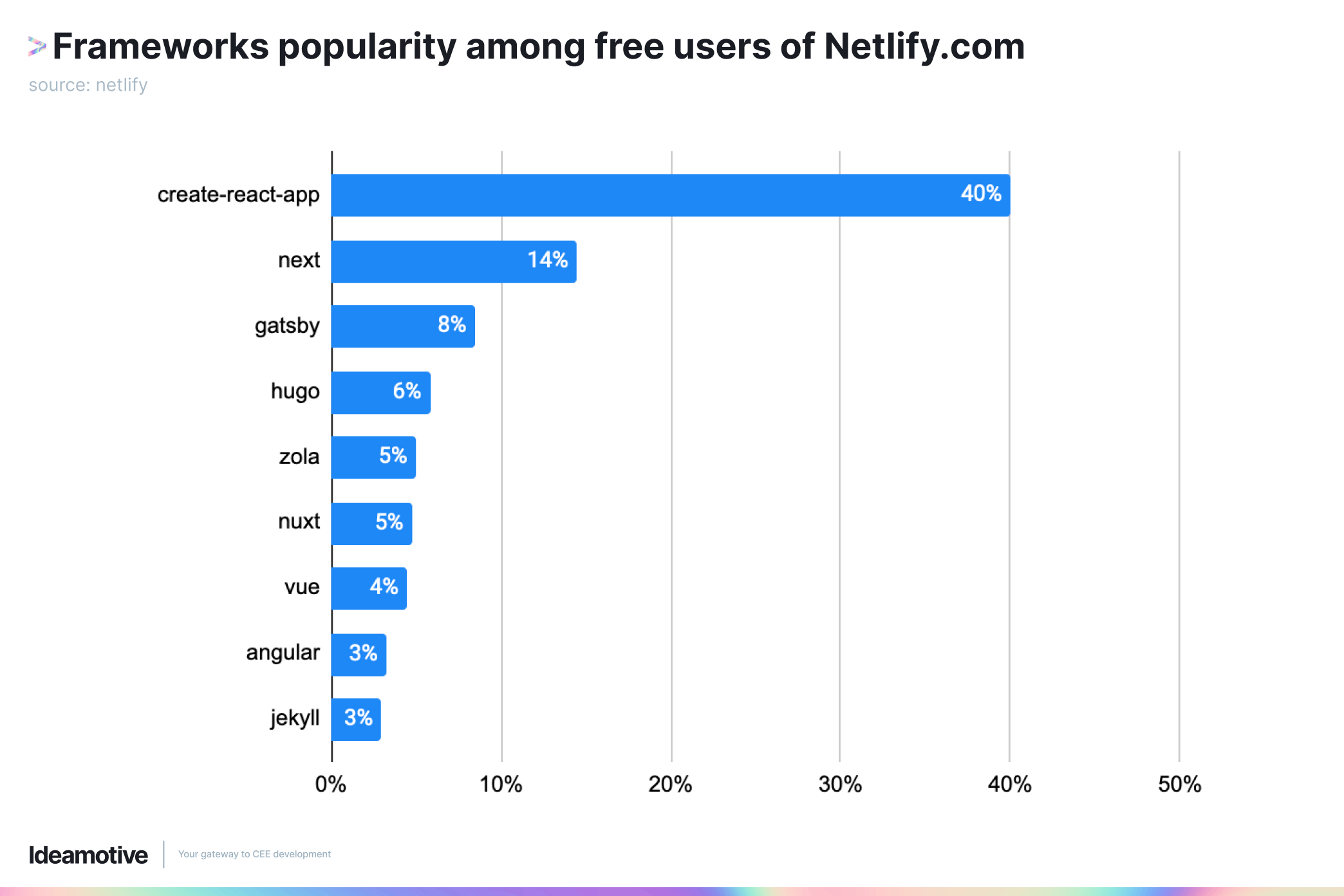
Faster Time to Market:
The simplicity of Next.js and its convention-based methodology enable quicker development cycles. All modern web applications and sites built with Next.js are fast due to server-side rendering and static generation, which provides a smart way to handle data. This reduces development time and allows your company to quickly market new features and products.
Cost Savings:
A typical website, like WordPress, needs to be hosted on an active server. Website hosting in a serverless environment is possible using Next.js. That translates to significantly lower hosting costs that are easily scalable for rising traffic.
Enhanced Scalability:
Applications may withstand large traffic loads using the Next.js framework without suffering performance penalties. Also, it smoothly connects with well-known cloud platforms like Amazon, Google Cloud, and Vercel (formerly ZEIT Now). This enables companies to take advantage of the flexibility and scalability that cloud infrastructure offers, simply growing their apps as user demand increases.
Implementing Next.js in Different Scenarios
This robust and adaptable framework may be utilized in various scenarios, including e-commerce platforms, corporate websites, and web applications demanding speedy, high-performance load times. Next.js is typically used for constructing websites because of their unique requirements. Creating landing pages and websites that are search engine friendly with Next.js is simpler. Now let's look at how Next.js can be beneficial in the following instances.
E-commerce Platforms:
E-commerce platforms must have strong performance, SEO skills, and a seamless user experience. The following features in Next.js meet these needs:
- Rendering pages on the server and providing fully rendered HTML to the client is possible using server-side rendering (SSR). This boosts efficiency and guarantees that search engines can efficiently crawl and index information.
- Incremental Static Regeneration (ISR): This feature strikes a compromise between static performance and dynamic data changes, making it perfect for regularly changed e-commerce pages like product listings.
- API Routes: This function makes it easier to manage shopping carts, integrate with payment gateways, and handle checkout procedures.
- Improved Performance: This leads to quicker page loads and a more seamless user experience, both of which are essential for e-commerce platforms.
Corporate Websites:
Company websites often need to be easy to maintain, scalable, and have both static and dynamic information. The following features in Next.js meet these business needs:
- Using Static Site Generation (SSG), which serves pages as static assets, allows for quick loading times.
- With Dynamic Data Fetching, business websites can include dynamic material like blog entries, team member profiles, and news updates.
- Multi-language support is necessary for many corporate websites that cater to a global audience through internationalization (i18n). I18n support in Next.js makes it simple to localize and internationalize content.
- Scalability: This makes it suitable for corporate websites that may experience varying levels of traffic and need to handle increased loads efficiently.
Web Applications:
Complex user interfaces, real-time data changes, and client-server interactions are common features of web applications. Next.js can be used in web applications in the following ways:
- Client-side Rendering (CSR) for interactive online applications, enabling dynamic and interactive experiences.
- For web apps that require initial server-side rendering or SEO advantages, Next.js allows the server to render pages while transmitting pre-rendered HTML to the client, improving performance and SEO.
Lessons Learned from the Industry
Next.js has gained significant traction in the industry due to its benefits in building efficient and scalable web applications—Next.js examples include Hulu, Netflix, Uber, Twitch, etc.
Let's look at some best practices and lessons learned from the technical perspectives and management perspectives of using Next.js to build websites.
Technical Perspectives:
Modularize the codebase: It's easy to get started with the Next.js framework. You only need to execute npx create-next-app to begin coding. However, if you are careless and start writing code without considering design, you risk creating an architecture without any modular design. To fix this, you will need to refactor the codebase and organize the code by functional modules.
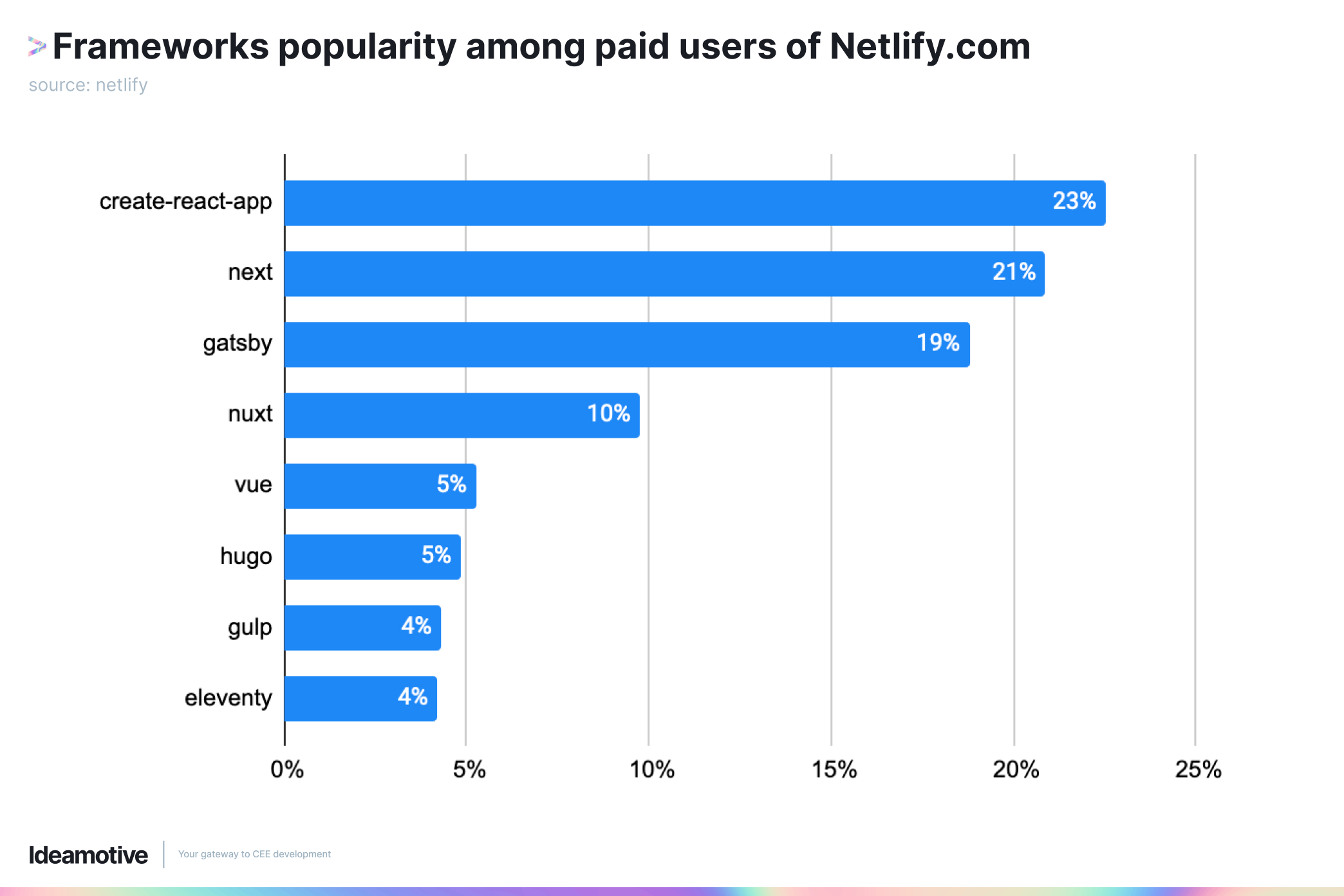
Use TypeScript: From case studies and best practices about Next.js, you are advised to use TypeScript. With Next.js' smooth integration with TypeScript, type safety and developer productivity are increased. Catching errors early, enabling code reworking and assuring improved overall code quality are all made possible using TypeScript with Next.js.
Management Perspectives:
Performance Monitoring: For the best user experience, keeping track of the Next.js application's performance is vital. Performance bottlenecks can be promptly identified and fixed by using tools for monitoring metrics like page load times, server response times, and error rates.
Scalability Planning: Although Next.js offers scalability advantages by design, it's still crucial to plan for scalability as the application expands. Caching, load balancing, and horizontal scaling are three methods that can be used to make sure the platform can successfully handle rising user demand and traffic.
Considerations for Adopting Next.js in Your Organization
Before adopting Next.js in your organization, it's essential to carefully consider several factors to ensure a successful implementation. Such factors include:
Evaluate the Existing Tech Stack:
You need to find out how well Next.js can interact with your present tech stack by evaluating it. Take into account elements like the interoperability of already-existing databases, libraries, frameworks, authentication systems, and APIs. Make that Next.js is compatible with the current infrastructure and aligns with the long-term technological objectives of your firm.
Assess Team Skill Level:
Consider how well-versed your development team is in React, given Next.js is based on it. Think about their knowledge of JavaScript, server-side rendering, routing, and state management. Determine any skill gaps and make plans for any necessary training or upskilling. The team's skill development will be supported, resulting in an easier transition to Next.js.
Identify Specific Business Needs:
What does your business need? For example, performance needs, scalability, search engine optimization, real-time data updates, and internationalization. Find out how Next.js can efficiently address these needs and give your company a competitive advantage.
How to successfully implement Next.js in an organization
Use the following steps to ensure the successful implementation of Next.js in your company.
Start with a Pilot Project:
Start with a less important component of your application or a smaller experimental project. Businesses can reduce risks and learn next.js from experience here. This enables you to analyze the framework's effects on development workflows and performance and spot any issues early on. During this phase, it's critical to collect feedback from developers and stakeholders to adjust the implementation procedure.
Define Project Scope and Timeline:
Clearly define the scope and timeline of the Next.js project. Set measurable objectives and key performance indicators (KPIs) to measure the implementation's effectiveness. Divide the project into achievable checkpoints, ensuring they align with your company's longer-term development roadmap.
Leverage Community Resources:
Tap into the active Next.js community to hasten adoption. Use open-source initiatives, online forums, documentation, and tutorials. Discuss issues, seek guidance, and gain knowledge from others' experiences. This can help your team learn Next.js faster, fix problems, and offer insightful information.
Document and Share Best Practices:
Document best practices, lessons learned, and any customized setups or workarounds as your team develops expertise with Next.js. Establish a culture of continual learning, create internal documentation, and share information throughout the company. Future implementations will become simpler as a result, and teamwork will increase.
Potential Challenges and Solutions in Next.js Implementation
The obstacles to Next.js implementation can be unique to each firm. Organizations may navigate the implementation process more easily by being aware of these obstacles and having ready workable solutions. The following list of potential issues is followed by suggestions for solutions based on industry best practices:
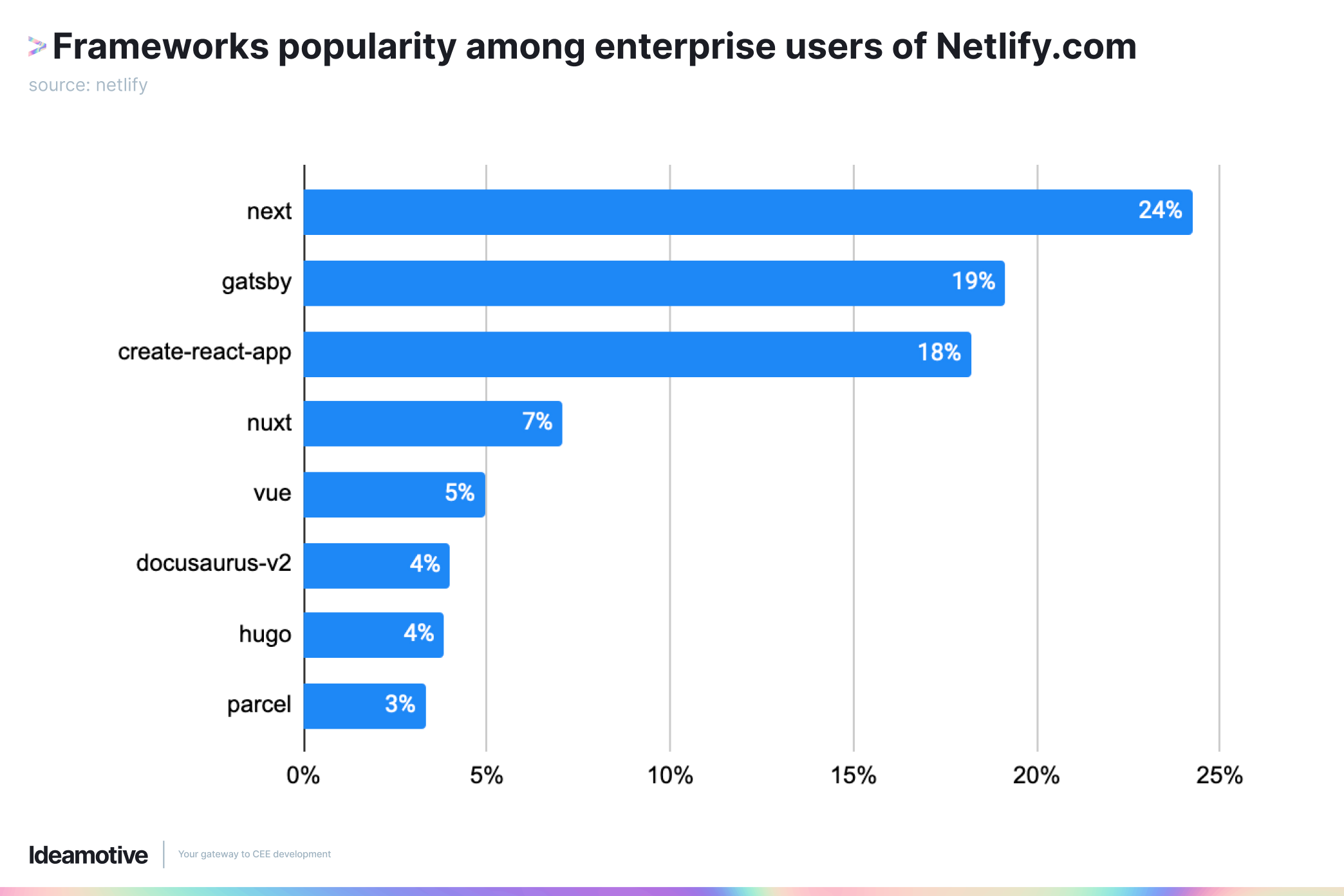
Learning Curve and Skill Gap:
Challenge: Next.js introduces new concepts and workflows, which may require research and study for developers new to the framework.
Solution: Invest in training and upskilling your development team. Provide resources such as tutorials, documentation, and hands-on workshops to help them grasp Next.js concepts effectively. Encourage knowledge sharing and collaboration within the team and leverage the Next.js community for support and guidance.
Migration from an Existing Framework:
Challenge: Migrating an existing application from another framework to Next.js can be a complex process, involving potential compatibility issues and refactoring efforts.
Solution: Plan the migration process carefully by thoroughly analysing the existing application's architecture and dependencies. Gradually migrate components or pages, prioritizing critical functionality. Utilize automated migration tools or seek the assistance of experienced developers to ensure a smooth transition. Conduct thorough testing at each step to catch any regressions or issues early on.
Performance Optimization:
Challenge: Achieving optimal performance with Next.js requires careful consideration of factors like code splitting, caching, and network optimization.
Solution: Utilize Next.js features such as automatic code splitting, prefetching, and incremental static regeneration to optimize performance. Leverage performance monitoring tools to identify bottlenecks and optimize resource usage. Employ caching strategies for static assets, API responses, and database queries. Regularly profile and optimize critical paths to maintain fast page load times.
SEO Considerations:
Challenge: Ensuring good search engine visibility can be challenging when adopting Next.js due to the shift from traditional server-side rendering.
Solution: Utilize Next.js's server-side rendering capabilities to ensure initial page loads are fully rendered for search engines. Strategically leverage the Next.js data fetching options (SSG, SSR, CSR) to balance interactivity and SEO requirements. Utilize Next.js specific SEO libraries or implement custom solutions to manage metadata, structured data, and canonical URLs effectively.
Scalability and Deployment:
Challenge: Scaling Next.js apps and deploying them in production environments with high traffic volumes can pose challenges.
Solution: Leverage Next.js's scalability features, such as automatic code splitting, incremental static regeneration, and serverless deployment options. Utilize cloud-based hosting platforms with auto-scaling capabilities to handle traffic spikes effectively. Implement proper monitoring and alerting systems to detect and address performance issues promptly.
Testing and Quality Assurance:
Challenge: Ensuring thorough testing and quality assurance for Next.js applications can be challenging, especially with the combination of server-side and client-side rendering.
Solution: Adopt a comprehensive testing strategy covering unit testing, integration testing, and end-to-end testing for server-side and client-side rendering. Leverage testing frameworks such as Jest and Cypress to automate testing processes. Utilize tools for performance testing, accessibility testing, and browser compatibility testing to ensure a high-quality user experience.
Continuous Maintenance and Upgrades:
Challenge: Keeping up with Next.js updates and maintaining the application's codebase can be demanding, particularly as new features and versions are released.
Solution: Regularly update to the latest stable version of Next.js to benefit from bug fixes, security patches, and performance improvements. Stay informed about the Next.js release cycle and deprecation policies. Employ version control and automated testing processes to facilitate seamless upgrades. Continuously refactor and optimize codebase as needed to maintain a robust and maintainable application.
Conclusion
Next.js offers a complete and potent solution, whether you're a business owner trying to establish an online presence or an IT expert striving for better web development techniques.
Use Next.js to create remarkable online experiences by utilizing the advantages of contemporary web development technology. Additionally, the industry has already realized the value of Next.js, as seen by the increased development productivity, higher performance, improved SEO, and scalable react apps at numerous firms.
Using this framework can improve your user interface, search engine optimization, and overall website loading speed, improving user experience and boosting customer happiness.
The only way for companies who use Next.js is up, as the framework will continue to be more impressive over time.








